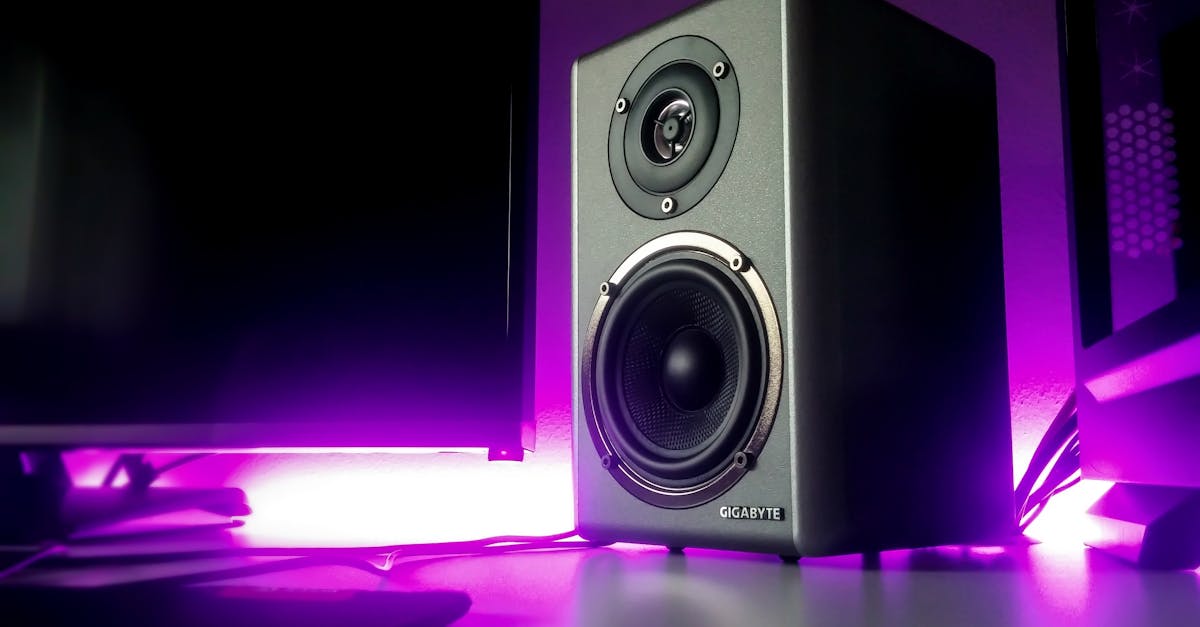Energy consumption in the building is one of the most critical issues in the green building sector. Buildings, whether they are called residential buildings, office buildings, factories, or even homes, consume energy to provide the basic necessities to live. Energy consumption in the building is comprised of heat, cooling, illumination and ventilation. These processes require energy to implement and generate. The energy consumed in the building can be directly influenced by building structures such as roofing materials, windows, doors, insulation, construction materials, etc.
New Dwellings, Energy Efficient dwellings, or newly constructed buildings, account for about 40 percent of total energy consumption in commercial buildings worldwide. This figure is even higher for commercial buildings specially designed for businesses. The energy efficiency of these commercial buildings is greatly increased by their design, including the use of modern materials like sustainable hardwood, glass cladding, and natural stone. One of the most important factors in energy consumption in the building for newly constructed dwellings is the construction materials, specifically with reference to windows and roofs. The materials used greatly affect the energy efficiency and the amount of electricity needed to power the window system.
Building codes have also set criteria on the types of equipment and components that may be used in buildings. To comply with the standards, building developers now prefer Euro-chain technology for their space heating, air conditioning, and heating solutions. With this type of technology, the transmission of heat through refrigerant gas and noncorrosive air finishing is more efficient than non-solar approaches. Also, this type of technology consumes less fuel, which makes it environment-friendly. Many European countries, including the European Union, have imposed regulations on the use of Euro-chain appliances.
Since there is a limit on the amount of energy consumption allowed for every square meter of space, the (MEQ) has become an important figure for building developers. MEQ is the acronym for Maximum Energy Efficiency Rating. It is a way to measure the space heating efficiency. In general, the higher the note number, the greater the heat recovery ratio. It is very important to calculate the mtoe number in order to obtain the maximum heat recovery ratio (hers is less than his). This way, the project developer will know what proportion of his investment budget goes to heating costs and the rest can be earmarked for other energy consumption projects.
Buildings are classified as good or bad according to their energy efficiency. The classification is given according to the final energy consumption of buildings. If the final energy consumption per square meter is lower than the energy density index, then the building is classed as a good building. The index tells us that the buildings are highly energy efficient. If the index is high, then the buildings are classed as bad.
The building energy consumption comes in various forms. Direct heat, radiant heat and passive heat are the three major categories. It is important to understand how each form works in order to calculate the efficiency levels of the dwellings. A Dwelling with a high level of radiant heat loses more heat to the environment than that of a Dwelling with a low level of radiant heat. Dens and offices have low level of passive heat and high level of direct heat respectively.


